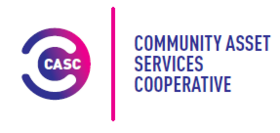
Impact evaluation helps you tell the story of the difference you make in a way that’s compelling to others. It’s about understanding whether an activity, programme or project really makes a difference.
Impact evaluation helps you tell the story and makes a link between an “what you do” and “what happens” and “why that’s important”.
You will be able to answers questions including:
And the big one:
It isn’t just what you do but also the difference you make and its effects on people’s lives or the environment.
Having a good approach to Impact evaluation will help you gather support (& funding) as well as learn and understand how you might make an even bigger difference.
Why It Matters
With good impact evaluation organisations can:
It ensures that resources, your time, money, and effort make a real difference.
It helps you build support for your work.
Evaluation isn’t just about numbers it’s about learning. Findings should be discussed openly with colleagues, your team, communities, and decision-makers.
Turning evidence into action is where impact evaluation becomes exciting.
Impact evaluation works best when treated as a journey—one that encourages reflection learning and improvement.
Impact evaluation is a mindset - be curious, test assumptions, and use evidence to make better decisions.
The goal is simple but powerful - to ensure that our efforts truly create the positive change we intend.
Think carefully about what you collect and how you collect it so that you don’t waste energy & effort.
Consider who you include - Could you involve the community and beneficiaries in defining success and collecting data?
Consider using mixed methods - blending approaches will make for richer insight & story telling.
Start small, use any existing records you might have and consider what else you could collect, evolve your approach as you build confidence and as your skills, confidence and resources grow.
Anyone can apply these principles.
You can do this work!